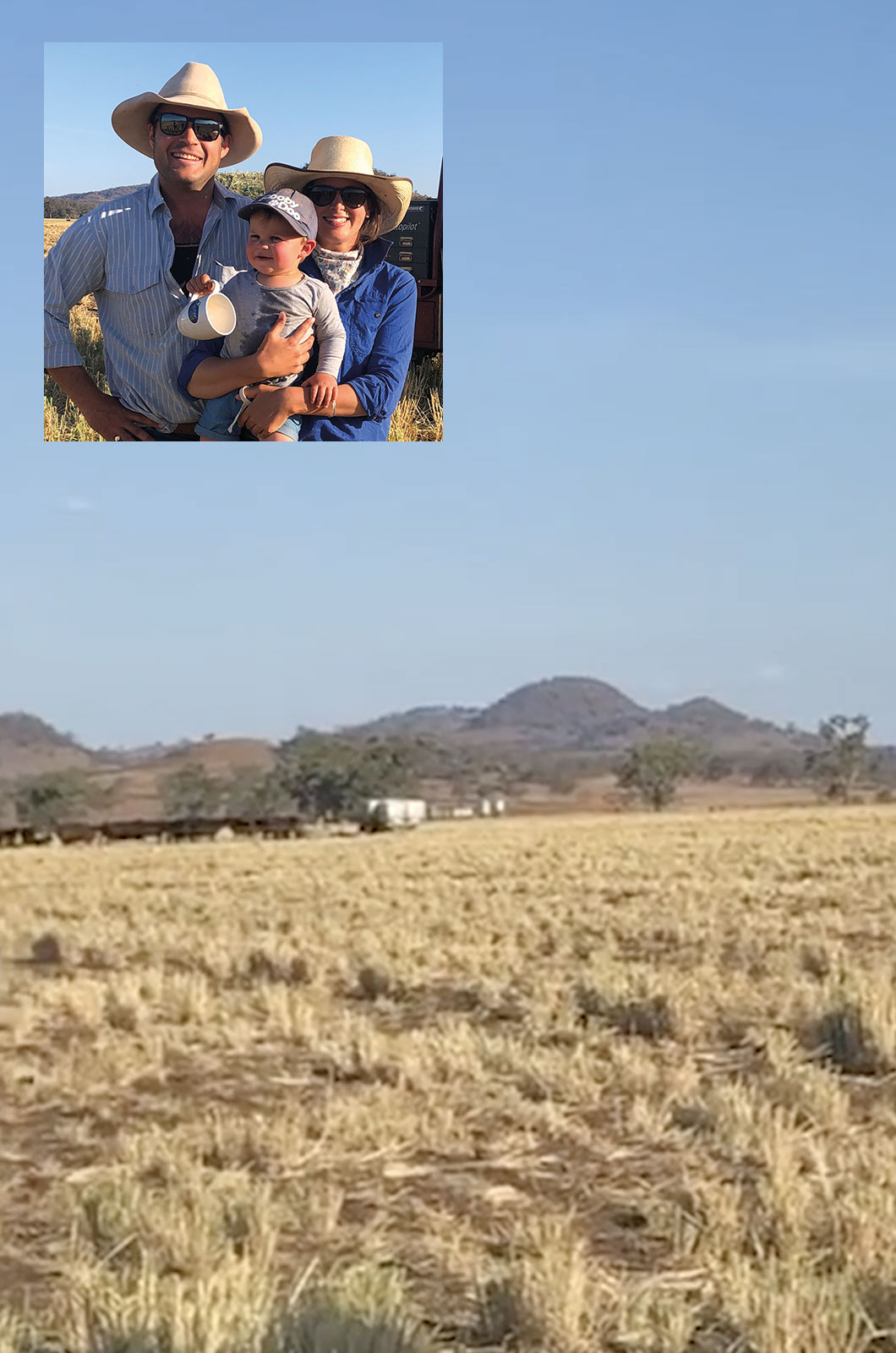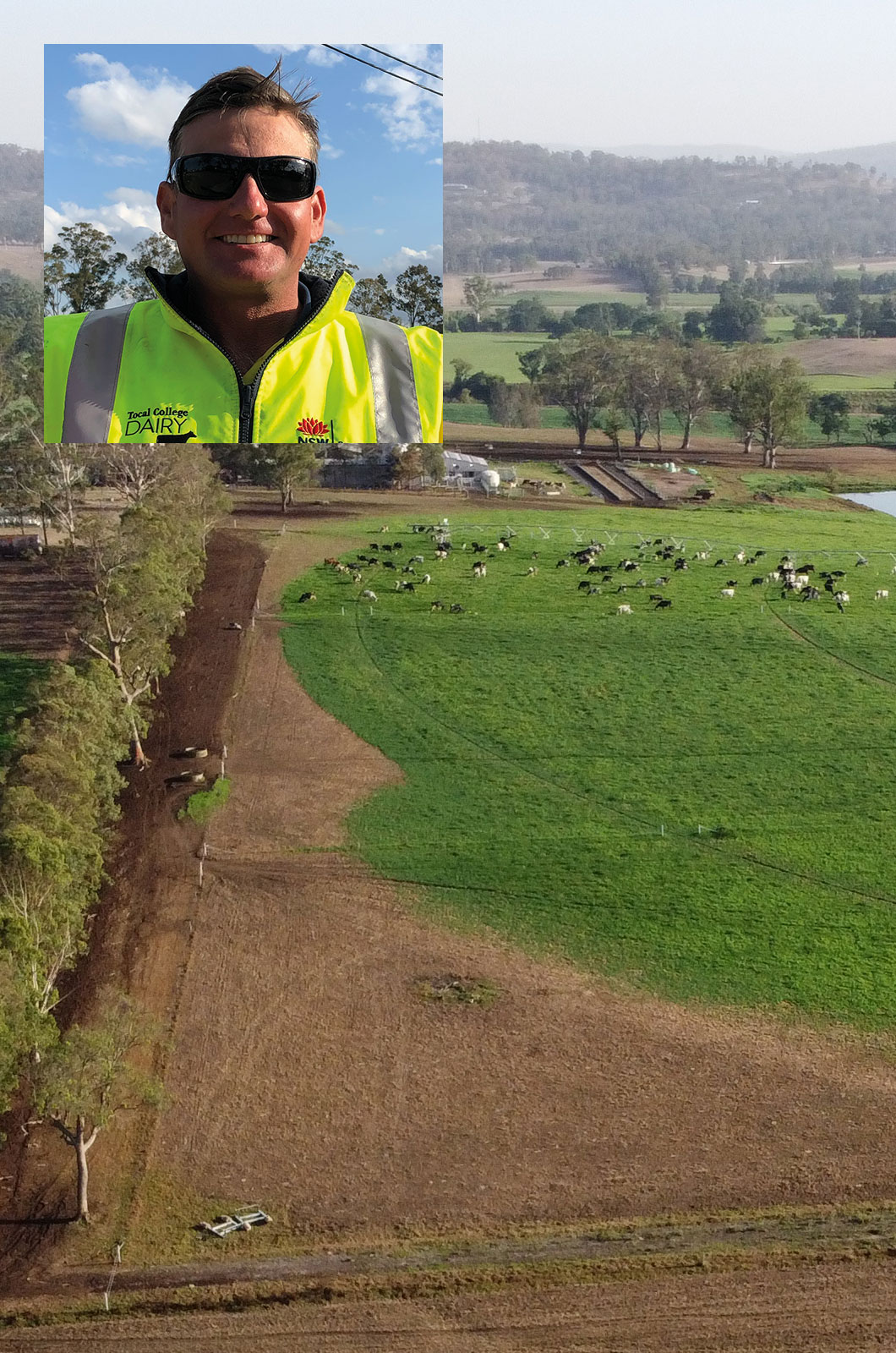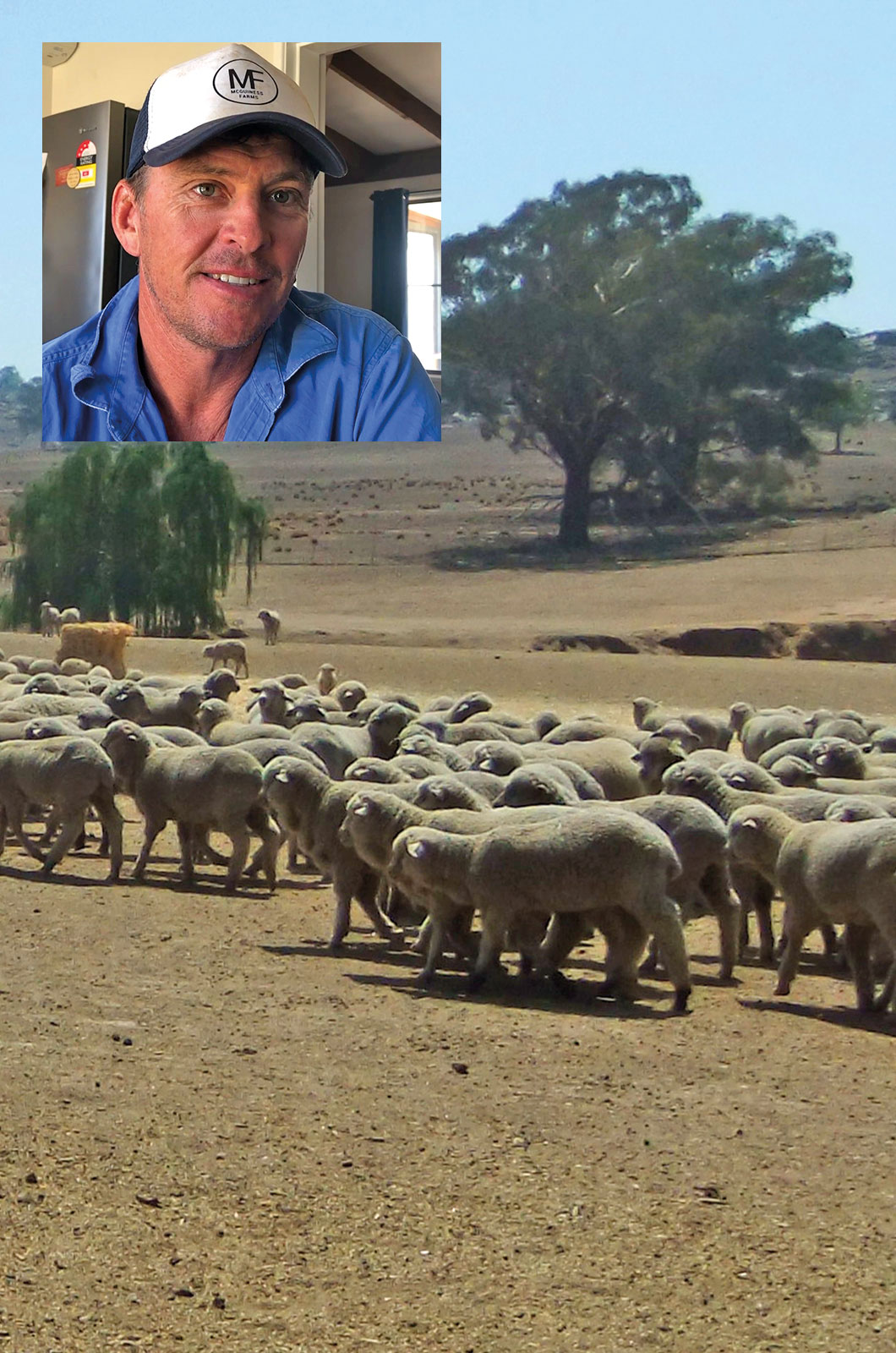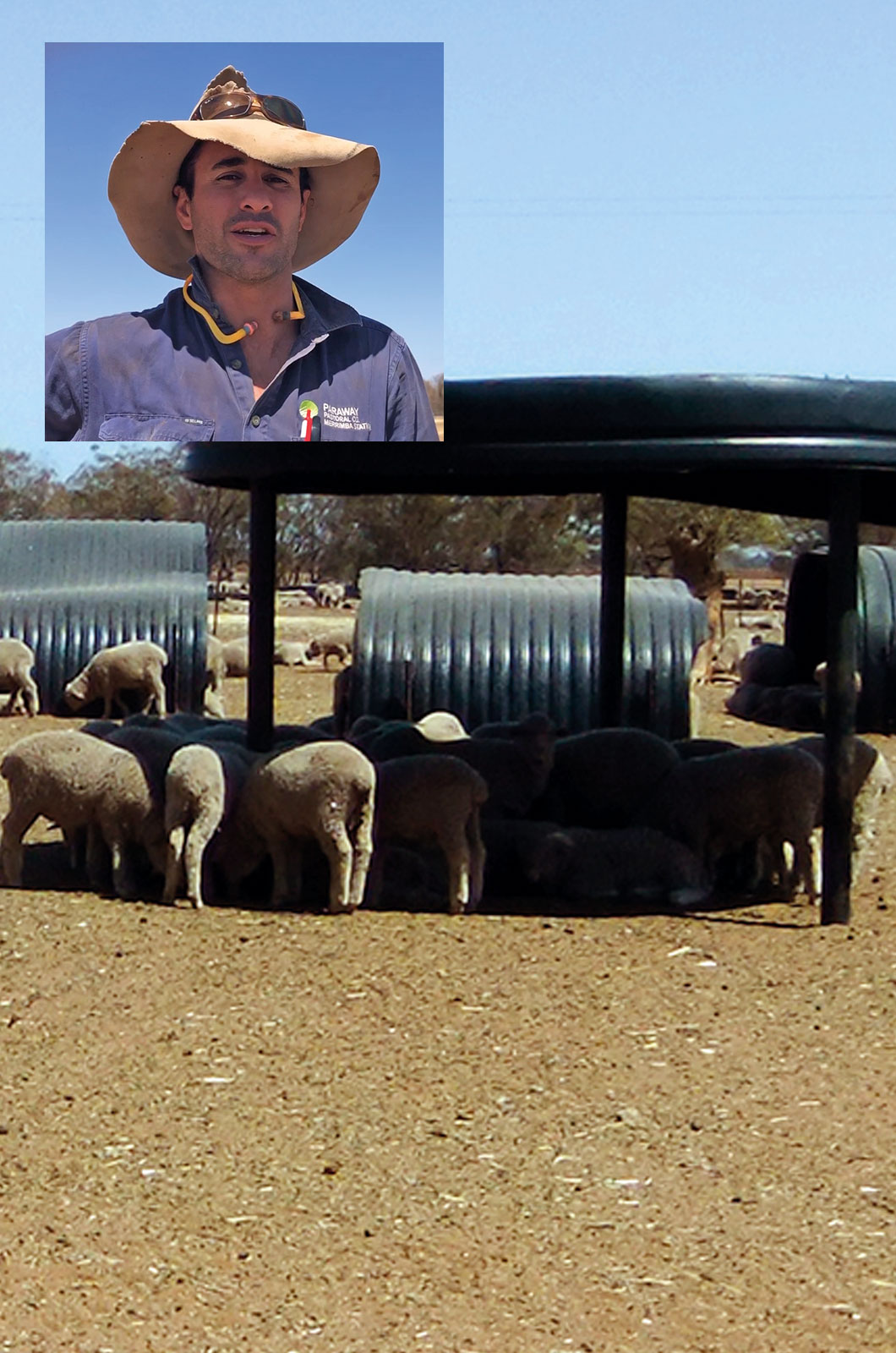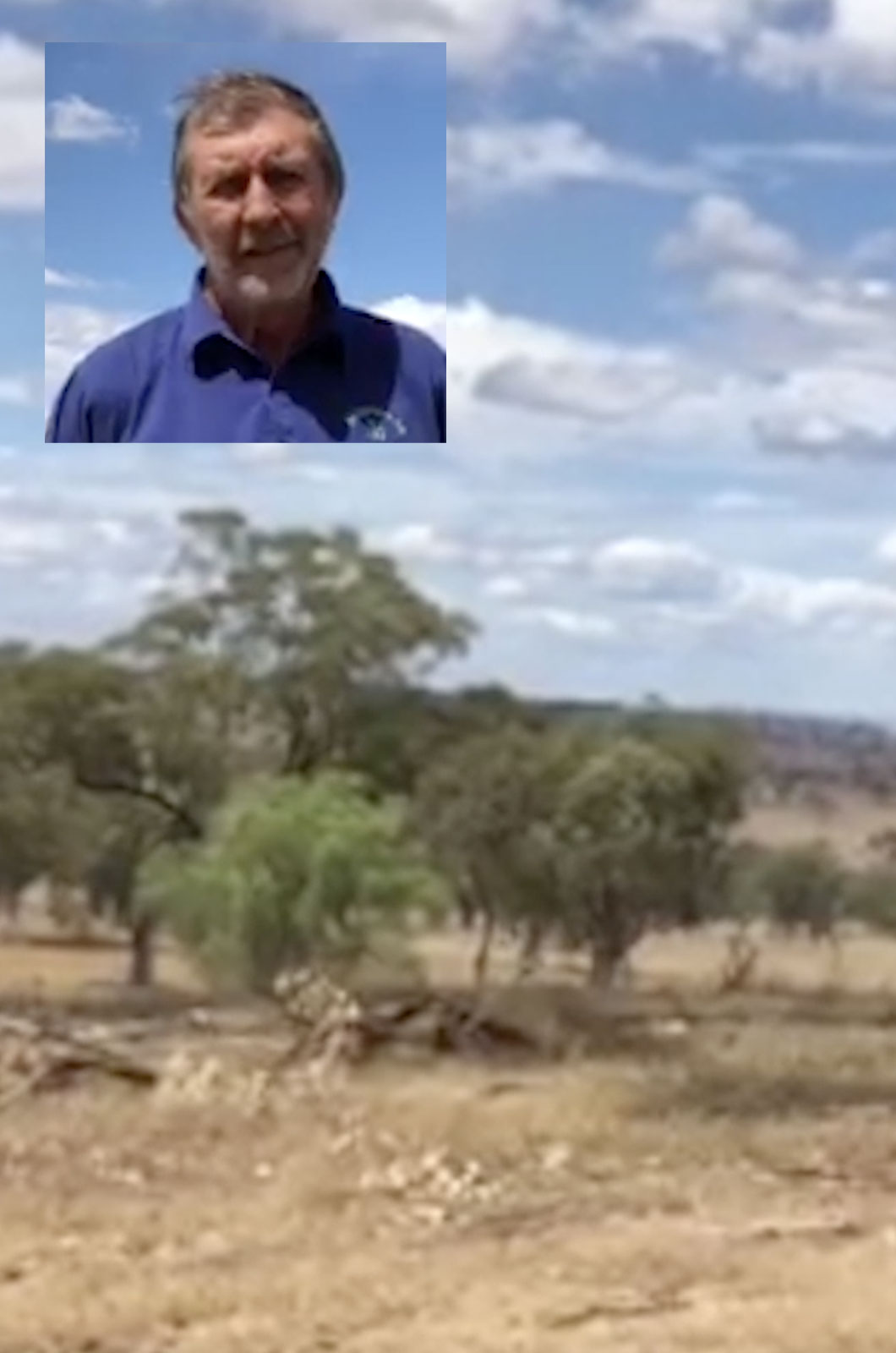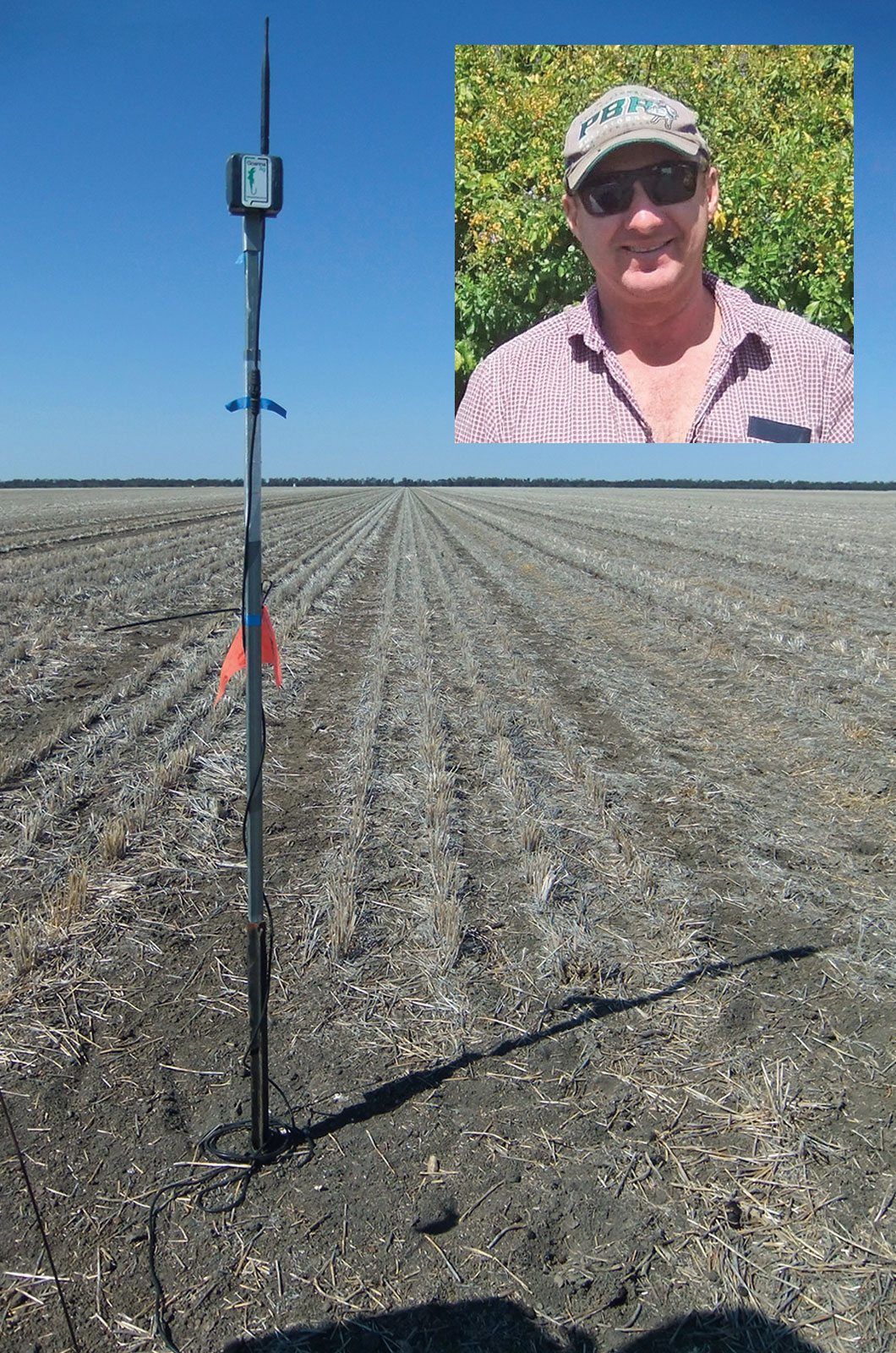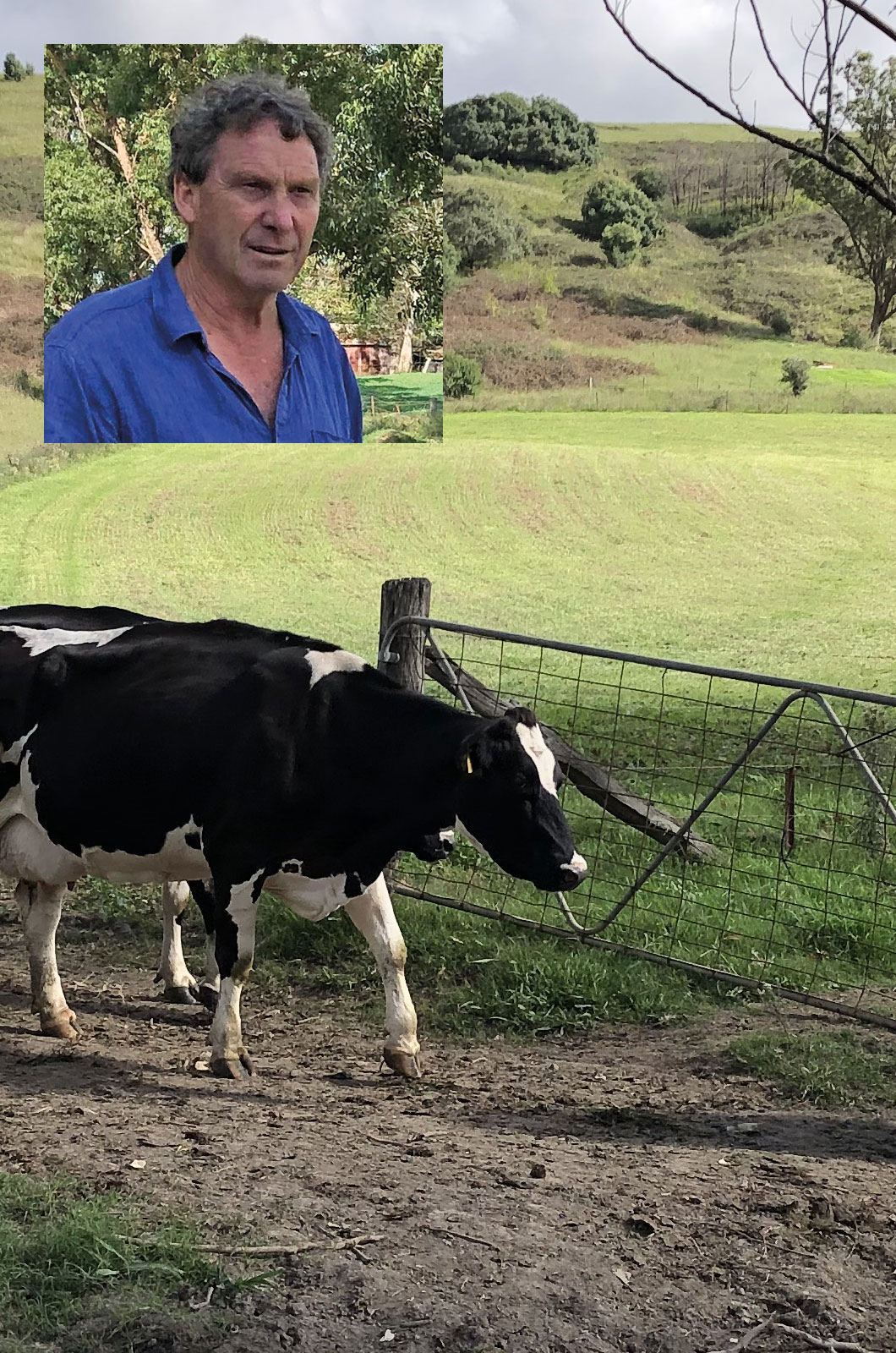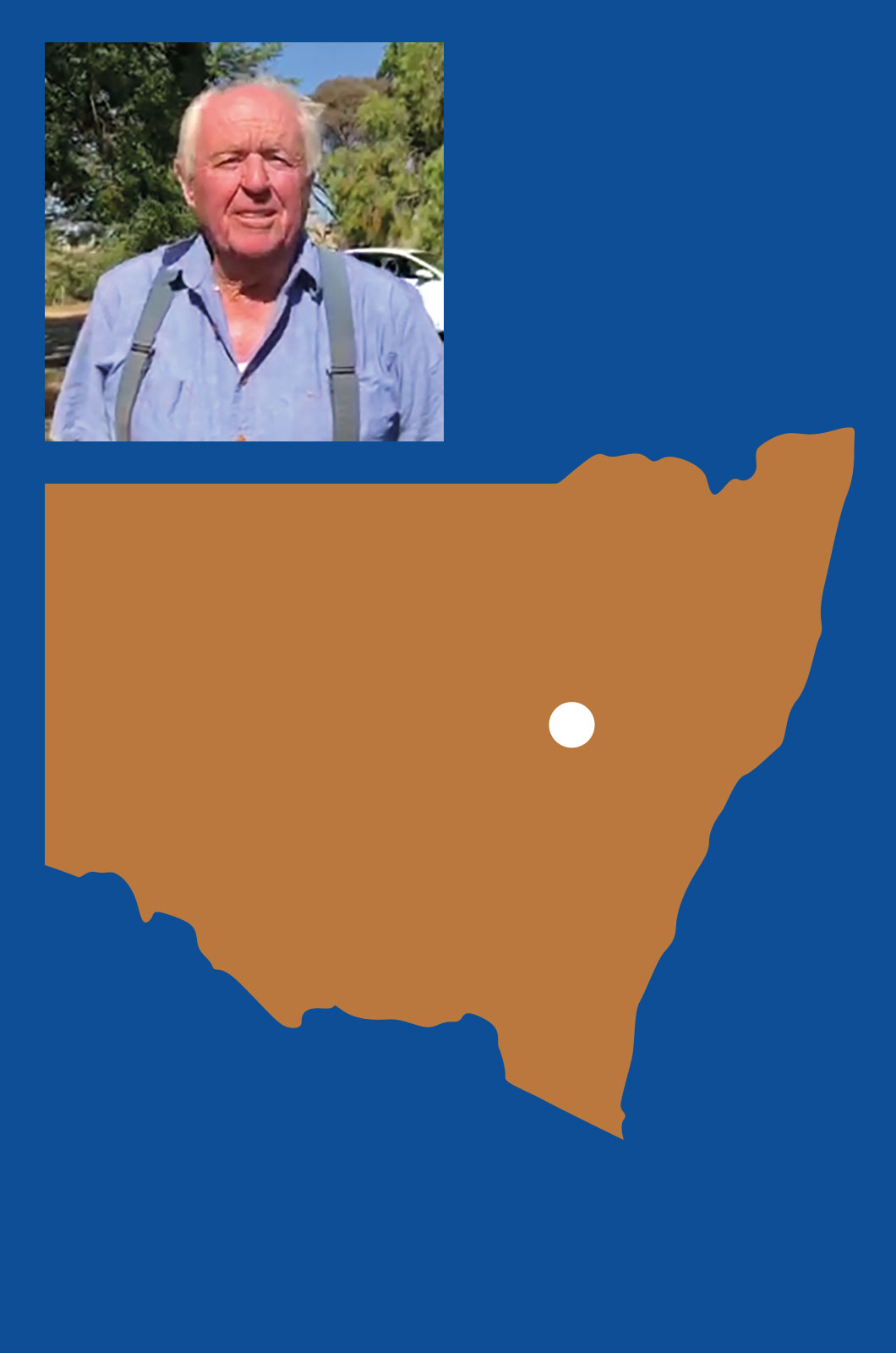
Location: Mullaley, NSW
Owners: the Anderson family
Nick and Alex Anderson run an 1800 ha family farm, Newstead, at Mullaley. They live there with their little boy Ollie. The property has always had cattle and cropping enterprises. A big change has been moving from the breeding herd to trading cattle because now they have a more flexible system and can match livestock numbers to available feed. Drier seasons, rising input and machinery costs and higher contractors’ rates have led to the decision to have more livestock and less cash crops in the business. There is no longer a need to hand feed valuable breeders and they can destock as the season dictates. This has improved business outcomes and also improved the amount of time they can spend with the family rather than hand feeding stock.
They have shifted their crop focus away from grain production to grow multi species forage crops for strip grazing. An example of one such summer mix is millet, lablab, cow peas, brassica and forage sorghum. The seed is direct drilled into stubble. The Andersons say there is potential to harvest grain in good seasons. However, the main aim in growing the crop is to produce beef in a cost-effective way by matching stock numbers to feed availability: more feed, run more cattle; less feed, destock.
The move to a flexible trading enterprise and their focus on feed budgeting and creating smaller paddocks with heavier stocking rates for shorter grazing intervals encourages sustainable land utilisation and pasture recovery. The focus is on profit not just quantity of production. Be aware of costs and returns in the business.
Grazing is managed to retain ground cover that is important for improving soil structure and its ability to hold moisture. It is a time managed grazing system with a mix of pastures. This system allows continual improvement in soil fertility. They have observed that as soil fertility improves, more palatable grasses take over. The combination of improving soil conditions and employing good grazing management results in the increased natural palatability of their pastures. The Andersons do not target any particular species, rather they encourage what will grow naturally. Some of the predominant species now present include red grass (Bothriochloa decipiens), blue grass (Bothriochloa insculpta), bambatsi panic (Makarikari panic, Panicum coloratum var. makarikariense), purple pigeon grass (Setaria incrassata), Rhodes grass (Chloris gayana) and Lucerne Snail medic (Medicago scutellate), burr medic Medicago polymorpha), white and red clover (Trifolium repens, Trifolium pratense), tall oat grass (Arrhenatherum elatius).
The paddocks and stock are checked daily. Cattle are moved into a new paddock according to an assessment that measures animal impact on the paddock, animal performance based on rumen fill, animal behaviour and dung scores. Typically, moves occur daily however they can be sped up or slowed down depending on the assessment. They use grazing charts to manage stock movements through the property. The pasture is given time to recover before it is used again.
Nick and Alex see themselves as grass producers, rather than beef producers. They forecast stocking rates on feed budgets rather than rainfall and they look for opportunities instead of keeping to a routine. They have shifted the focus of the enterprise away from the amount of beef produced and onto the health of the land and the production of grasses. The grasses are regarded as a resource and of greater importance than the product, which is the beef. The plan is to lower the cost of production by growing the grass at low cost and thus reduce output costs. The lower cost of production gives the enterprise a competitive edge and the ability to make a profit, even when market prices for beef are down. In other words, the reduced cost of production results in less financial risk in a variable market.
Bore water is used for stock. Solar and mains power pumps raise the water to height and then it reticulates back to the paddocks.
They gather and analyse data to help them make strategic decisions, and especially to react to market or environmental triggers early. Nick and Alex have developed a strong network of experts they can rely on through their connections with courses like KLR Marketing, RCS Grazing for Profit and Inside Outside Management’s holistic management course, and these sorts of connections have kept them positive and optimistic about the future of their farm and the broader agricultural industry.
Words of advice from Nick and Alex:
- become informed about business operations and livestock management. Courses such as Grazing for profit and KLR Marketing are useful
- be aware of costs and returns for your enterprises
- match livestock numbers to feed available
- ground cover is important for improvement to soil structure, fertility and moisture holding capacity. It also promotes improvement to the mix, palatability and nutrition of pasture species.
Tocal newsletter
Want to find out about news, events, courses and publications?


